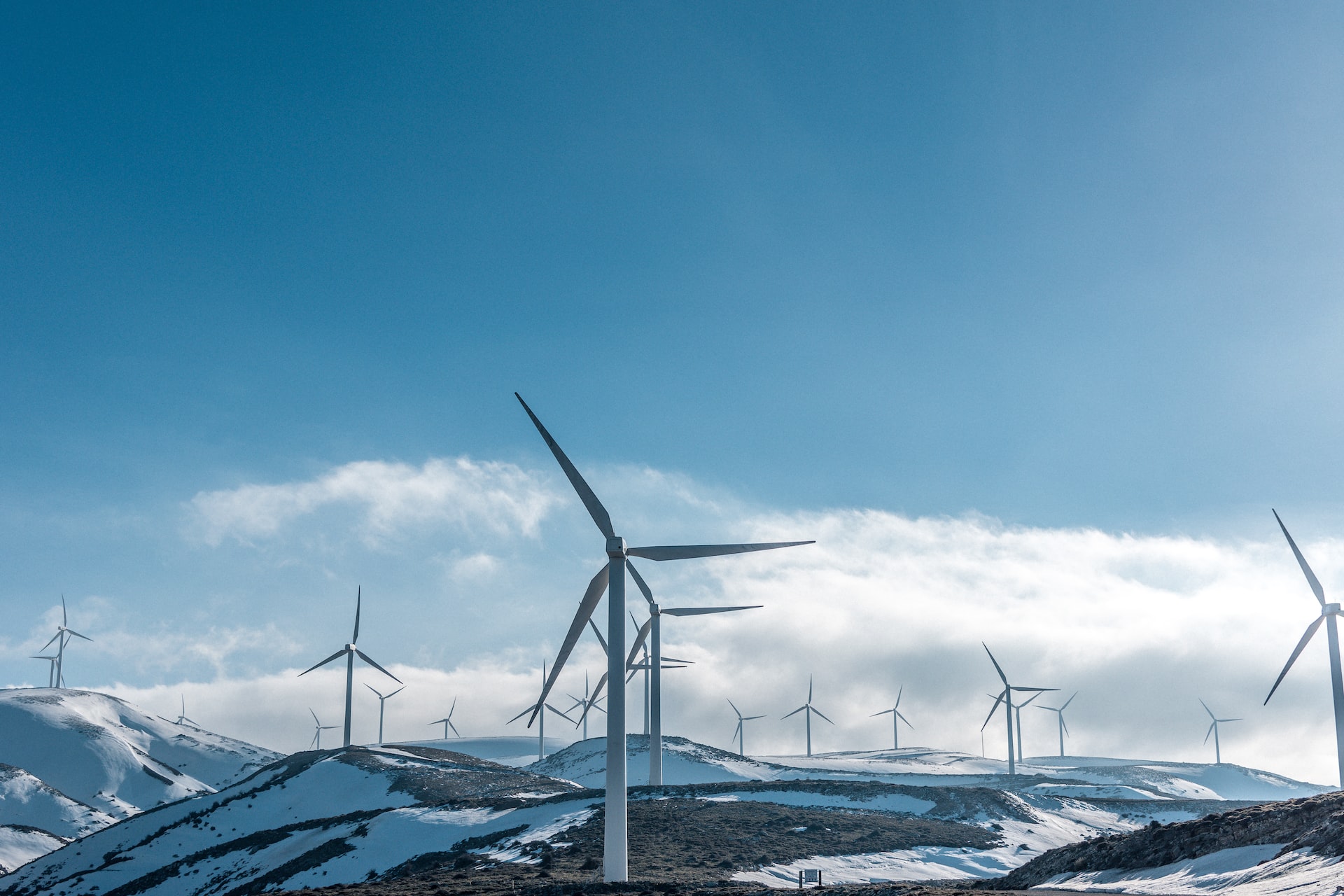The search for new base materials for batteries is in full swing. Currently, scarce lithium is primarily used. In the past, other rare substances such as nickel, manganese and cobalt were also used. Now we are waiting for trailblazing innovations such as saltwater batteries, for instance.
The generation of sustainable energy such as solar and wind energy is weather dependent and therefore variable. In order to make efficient use of peak times and to prevent overloading, the use of temporary energy storage is crucial. The fluctuating supply of sustainable energy can be stabilized with storage. By linking supply and demand of energy, predictable and stable energy production can be achieved. Unfortunately, agreements about this with network operators are difficult. This is partly because the regulations are lagging behind current circumstances and energy targets. The limited attention for energy storage is in stark contrast to the attention for sustainable energy and electric cars. While it is precisely these developments that accentuate the shortage of storage.




